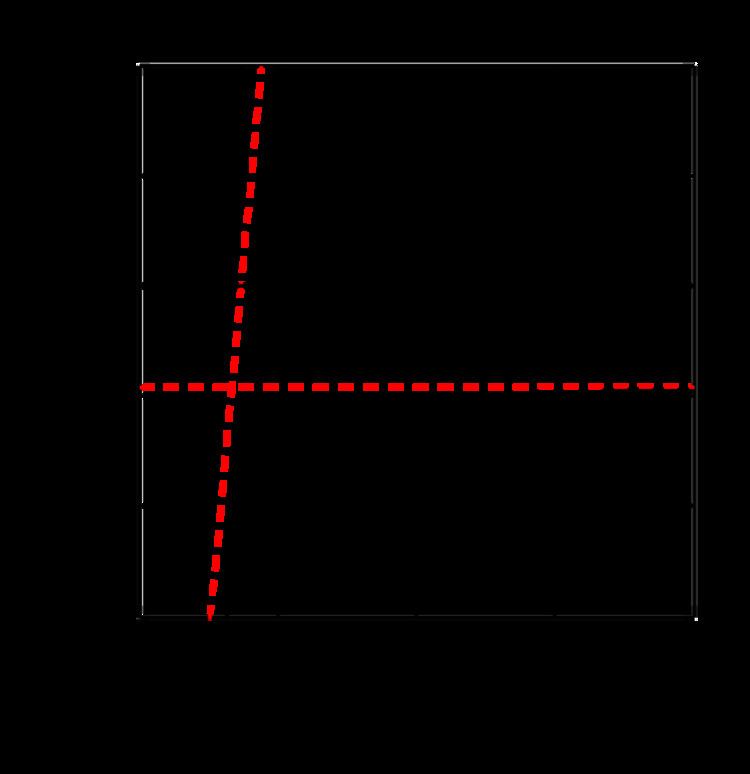 | ||
In condensed matter physics, the Lyddane–Sachs–Teller relation (or LST relation) determines the ratio of the natural frequency of longitudinal optic lattice vibrations (phonons) (
The Lyddane–Sachs–Teller relation is named after the physicists R. H. Lyddane, Edward Teller, and R. G. Sachs.
Origin and limitations
The Lyddane–Sachs–Teller relation applies to optical lattice vibrations that have an associated net polarization density, so that they can produce long ranged electromagnetic fields (over ranges much longer than the inter-atom distances). The relation assumes an idealized polar ("infrared active") optical lattice vibration that gives a contribution to the frequency-dependent permittivity described by a lossless Lorentzian oscillator:
where
For the Lorentzian resonance described above, this longitudinal mode frequency is given by the Lyddane–Sachs–Teller relation. A transverse resonance at
Since the Lyddane–Sachs–Teller relation is derived from the lossless Lorentzian oscillator, it may break down in realistic materials where the permittivity function is more complicated for various reasons:
In the case of multiple, lossy Lorentzian oscillators, there are generalized Lyddane–Sachs–Teller relations available. Most generally, the permittivity cannot be described as a combination of Lorentizan oscillators, and the longitudinal mode frequency can only be found as a complex zero in the permittivity function.
